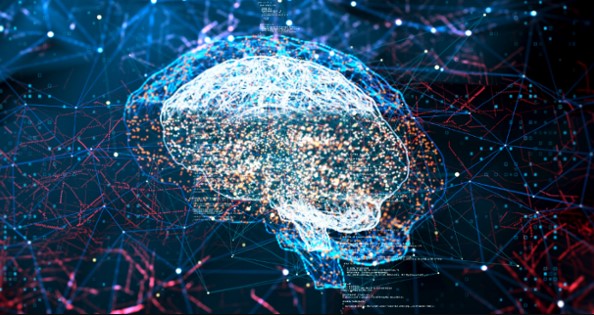Cyber Security Vulnerabilities in AI Tools
April 25, 2025

Artificial Intelligence (AI) has become a game-changer in cybersecurity, automation, and data analysis. However, despite its advantages, AI tools come with their own security vulnerabilities that cybercriminals can exploit. As AI continues to shape industries, understanding these risks is crucial to protecting sensitive data and systems.
Common AI Vulnerabilities
Data Poisoning Attacks
AI models rely on vast amounts of data to learn and make decisions. If attackers inject malicious or misleading data into an AI system during training, they can manipulate its behavior. This is particularly dangerous in security applications like facial recognition or spam filtering, where poisoned data can cause the AI to misidentify threats.
Adversarial Attacks
Adversarial attacks involve tricking AI models by feeding them specially crafted inputs. For example, in image recognition systems, minor pixel alterations invisible to the human eye can cause AI to misclassify objects. This technique could be used to bypass AI-based malware detection or fool self-driving cars into misreading traffic signs.
Model Inversion and Data Leakage
AI models, especially those trained on sensitive personal or financial data, can sometimes reveal more than they should. Cybercriminals can reverse-engineer machine learning models to extract private data, like medical records or login credentials, leading to severe privacy violations.
Bias and Ethical Manipulation
AI tools often reflect the biases present in their training data. Attackers can exploit these biases to manipulate automated decision-making in financial systems, hiring processes, or law enforcement applications. This can lead to discrimination, reputational damage, and even legal consequences.
Dependency on Third-Party AI Models
Many businesses integrate third-party AI services into their operations without fully understanding their security risks. If an AI model from a third-party provider is compromised, it can serve as a backdoor for cybercriminals to infiltrate entire systems.

How to Strengthen AI Security
- Ensure Data Integrity: Use trusted, high-quality datasets and continuously monitor for anomalies in training data to prevent poisoning attacks.
- Implement Robust AI Testing: Conduct adversarial testing to identify vulnerabilities in AI models before deployment.
- Enhance Model Privacy: Use encryption techniques like differential privacy and federated learning to minimize the risk of data leakage.
- Mitigate AI Bias: Regularly audit AI models for biases and retrain them with diverse, representative datasets to reduce ethical risks.
- Secure AI Supply Chains: Vet third-party AI providers carefully and implement strict security policies when integrating external AI tools.
AI is revolutionizing technology, but without proper security measures, it can become a double-edged sword. By recognizing and addressing these vulnerabilities, organizations and individuals can harness the power of AI while safeguarding against cyber threats.
Always stay vigilant and stay secure.
Have Any Question?
Call or email Cocha. We can help with your cybersecurity needs!
- (281) 607-0616
- info@cochatechnology.com



